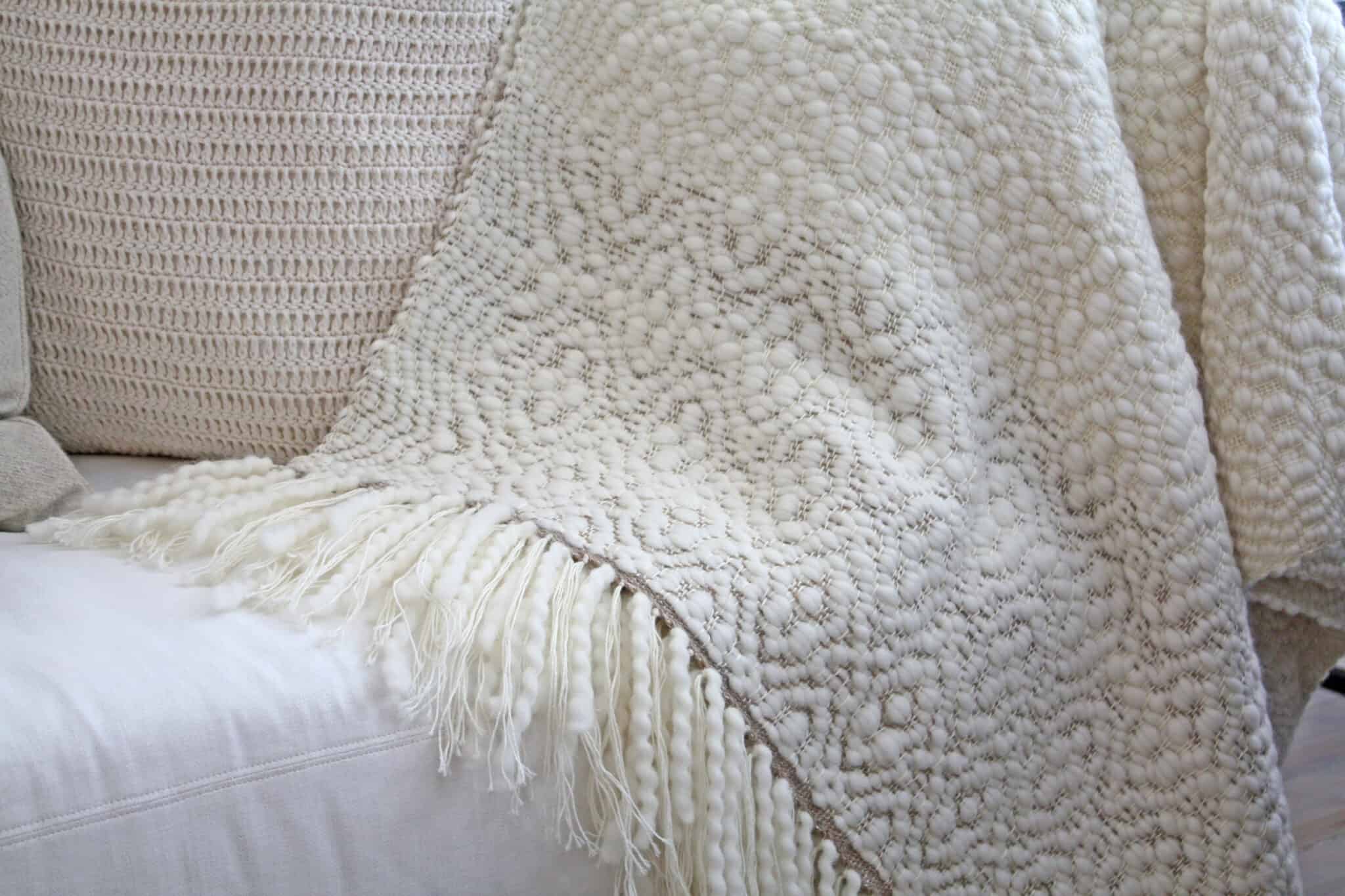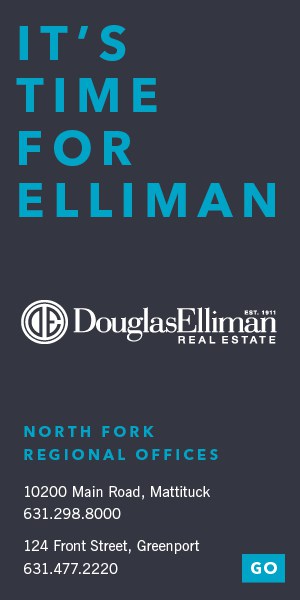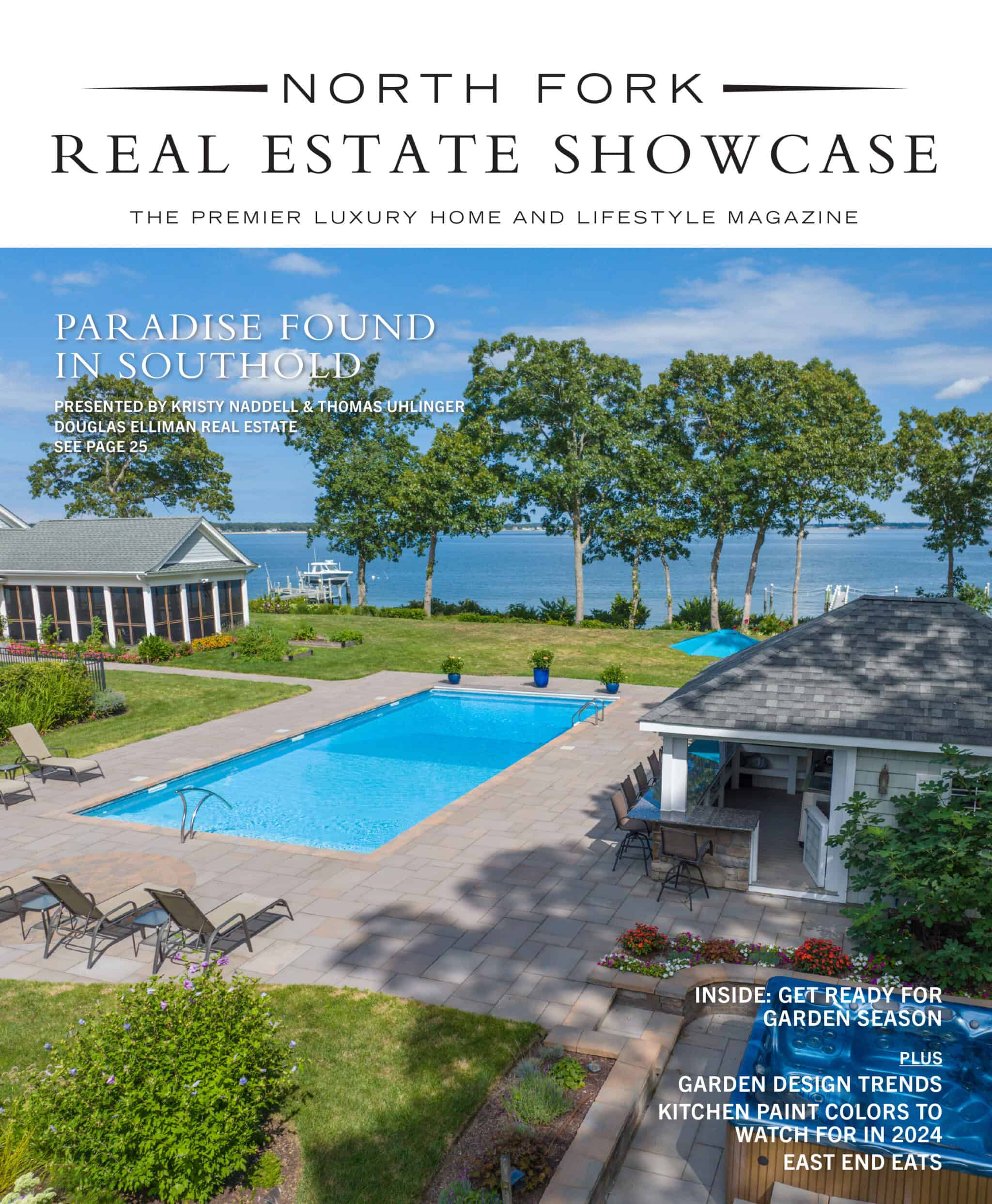To the layperson, making cloth by hand seems like a romantic proposition. While it’s hard to debunk centuries of myth, a visitor to Stephanie Pinerio’s studio might be tempted to give it a try. For starters, the average weaver is not at her loom all day. Unlike the wan creatures in Victorian picture books, Pinerio, who founded Shed Textile in 2017, takes breaks to eat and drink and source wool from neighboring Cotswold sheep. When working, she prefers calf-length shifts and bare feet over floor-length gowns and Rapunzel-like slippers. (She doubts that any weaver, past or present, ever went to work in the latter costume. In a long dress, one can’t see the treadles to construct the “shed” — a kind of scaffold, preliminary labor for spinning straw into gold.) As for the design process, Pinerio’s intricate patterns and deep textures are not improvisations. Rather, they come about through careful consideration and single-minded focus. (“It’s all math,” she explains.)
To weave cloth entirely by hand, as Pinerio does, one thread after another, is a serious and often solitary business. It helps that she has a sense of the absurd, laughs easily, and can appreciate a good yarn. Of the red thread she followed from a career in advertising to a different way of living, she joked, “You can picture it going bad very quickly!”
“Bought a house, bought a loom, started to weave things,” is her terse summation of how she ended up leaving Manhattan for the North Fork. As Pinerio tells it, the pull that led her up a high narrow staircase to a sunlit room with north-facing windows and a loom was almost tidal. On the practical front, there were studies in textile design at the Fashion Institute of Technology preceded by a long career in advertising, followed by a stint designing wallpaper, drapes, and upholstery at Elizabeth Dow Home in East Hampton.
Her work as that company’s creative director served her well in designing the interiors of the three bedroom cottage she bought only two years ago. Previously owned by three elderly sisters, the house reflects Pinerio’s sensibility as a weaver. In the living room, the eye alights on a series of small surprises: a round marble-topped coffee table from the nineteen thirties; a paper cord settee from Beall & Bell, that high temple of mid-century design in Greenport; a set of fused chapel chairs with handwoven seats, and an old upright piano that came with the place, faded sheet music and all. The pattern that governs the interiors isn’t readily apparent, yet all the disparate elements form a whole in a pleasing way. Visitors survey the space and marvel at how the gaily tasseled Moroccan curtains seem of a piece, somehow, with the dark lacquered table in the dining room. And who but a weaver would think to pair a bunch of fresh-cut yellow dahlias with sheep-colored wild grasses?
Up in her studio, Pinerio pauses to consider a length of cinnamon-colored wool. “This one is so beautiful I can’t stand it!” Living on the North Fork, surrounded by so much natural beauty, she sometimes has to force herself to stay in her little room, she says. It’s an inconvenience, as she always has loads to do, given that her work (available at Gansett Lane, the Comerford Collection, touchGoods and through her online store) sells as fast as she can make it. It’s the sort of happy problem most artisans only ever dream about. To wit, last month she made her debut as an exhibitor at Field + Supply, an annual crafts festival in Kingston, New York. In the run-up to the show, Pinerio had a visit from her mother.
“We were talking about Field + Supply and I said, ‘Maybe I’ll do something over-the-top, you know, go wild with colors and textures.’ And my mother was like, ‘What do you have?’ I looked at her and said, ‘Have? I don’t have anything!’ And my mother replied [in a mock-scolding voice]: ‘Sit down at that loom!’”










